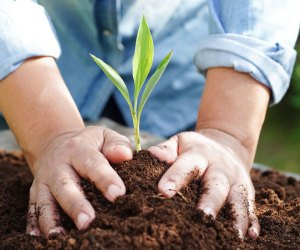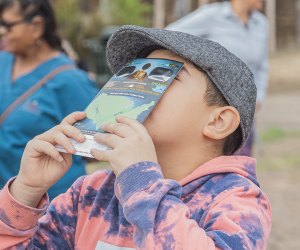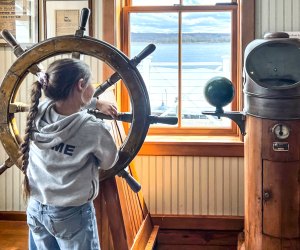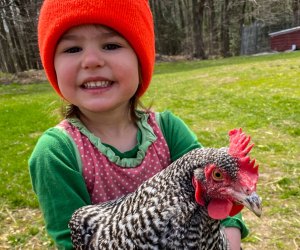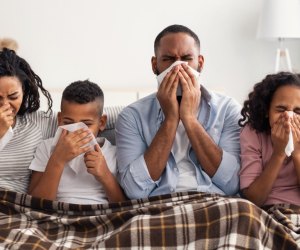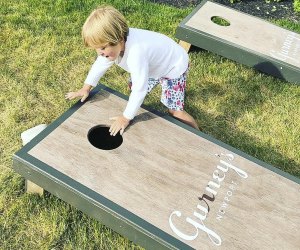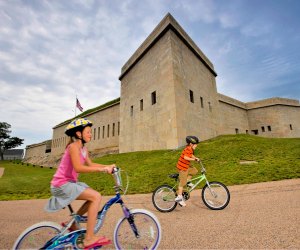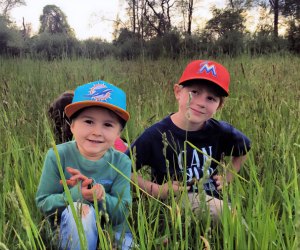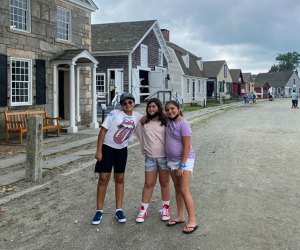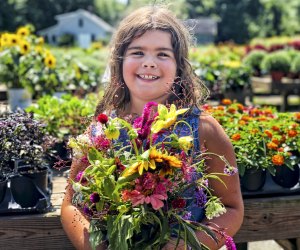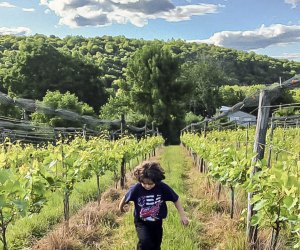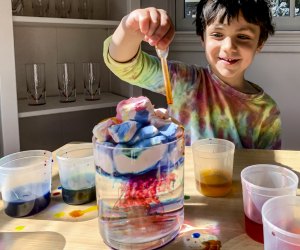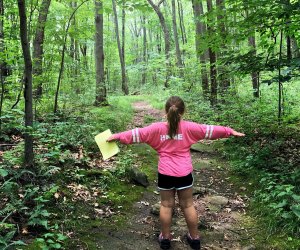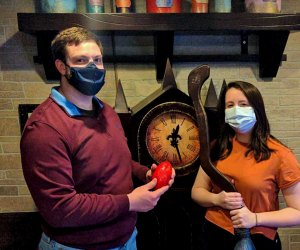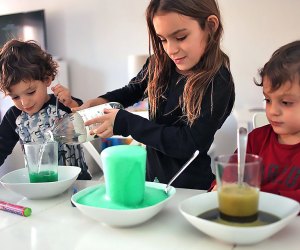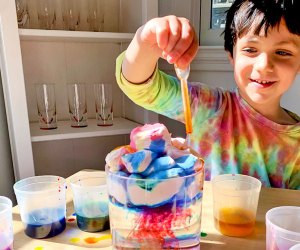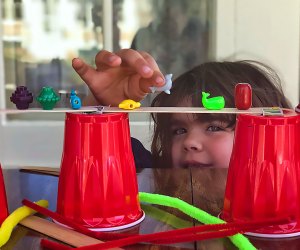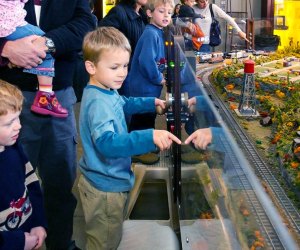Maple Sugaring at Home in Connecticut
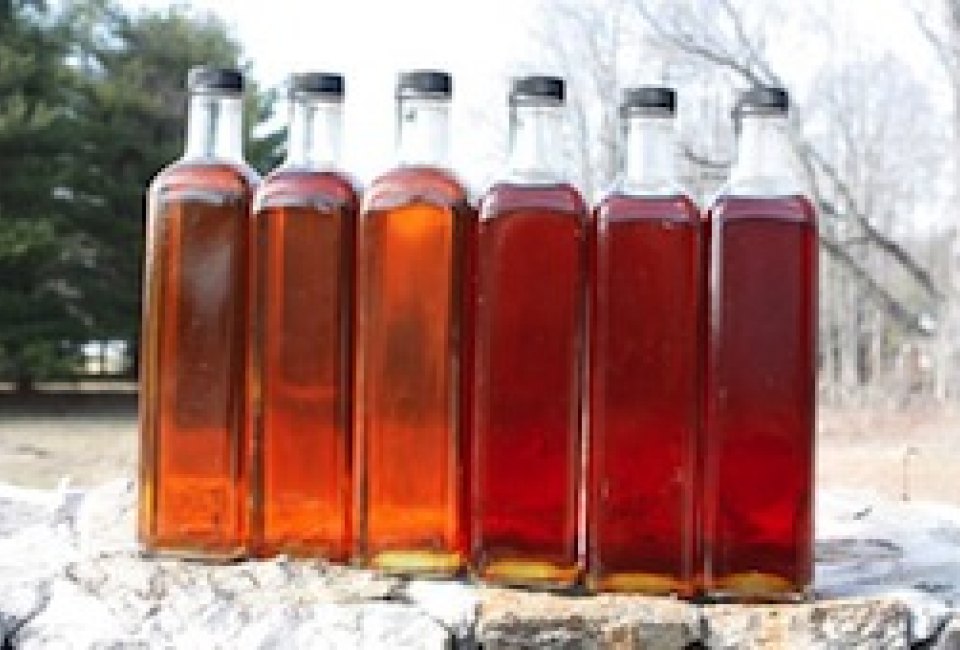
Last year we wrote about the Davis family and their adventures starting a small farm on their property in Washington, CT. They began with a flock of 25 chickens and soon after added a herd of Icelandic sheep and 2 beehives. Right now is maple sugaring season and anyone with some maple trees, an open fire and the time to boil can make maple syrup here in CT. The Davis' tried it out last March and enjoyed it so much that they have upgraded their operation this season. Elliott Davis answered some of my questions:
OUR LATEST VIDEOS
Why and when did you decide to harvest maple syrup?
Maple syrup has fascinated me since I tried as a child. The magic of seeing sap come from a tree and then boiling it down so you have syrup you can use the next morning- it’s one of the few instant gratifications you can get from farming! People have been sugaring since the Indians were doing it hundreds of years ago and many improvements have been made along the way, but the basics remain the same. All you need to do is boil off the water to concentrate the syrup. People can do it over an open fire, on your stove top or with fancier equipment in full fledged sugar shacks. The trick is that it takes approximately 40 gallons of sap to make 1 gallon of syrup, so if you did it inside, think of where the 39 gallons of water will end up!
2. How many trees are needed to feed your family and have extra for friends?
The rule of thumb is you can expect to get 1 quart of syrup from each tap. First, each season is different, but it tends to run from mid-February to late March. You need nights below freezing and days above freezing to have the sap flow up from the roots to the branches. Last winter was severe, so there were many days when it was freezing for days on end in the middle of the run and then this year it has been so mild that people were tapping in January and the run may end early. Secondly, the amount of syrup varies by the different types of maple trees. Sugar maples are aptly named and have 2% or more of sugar in the sap, while red, silver and swamp maples have less, so the amount of sap varies by what tree is tapped. Lastly, it can also vary between trees of the same variety, some may produce a gallon or two of sap a day, while others only a quart. It is hard to tell why, so you tend to just average all of this out. So if the goal is to make a gallon of syrup, you would tap a minimum of 4 trees and have a long season of good sap flows from a sugar maple. If you want more or less, you can scale it either way.
3. What's the best way for a family to get started?
I finally got started 2 years ago and did a lot of research, met with other syrup producers nearby and decided to put the proverbial toe in the water with the classic “backyard boiler”, which was a fire pit made with cinder blocks, topped by restaurant size roasting pans and a simple chimney. The total cost was under $300. We tapped 20 trees and made 5 gallons of syrup and got hooked. It was so much fun, that we expanded our operation this year and are tapping 75 trees and have upgraded to a custom made evaporator and replaced the buckets with lines that tie many trees into a few collection points.
4. What's the hardest part? Easiest part?
Nothing is too hard until you upgrade to fancier equipment, which can cost thousands of dollars and can be ruined quickly if you let the pans get scorched or from other mistakes. However, if you can boil water, you can make maple syrup. If you want to make good syrup, then you need to invest in a few necessary accessories, such as syrup thermometers, hydrometers and filters all of which help you boil the sap to the right point and bottle it without any problems. Again, for personal consumption, you can almost do it by sight and taste.
5. Do the kids get involved? If so, how?
This has been one of the best chores for kids. Last year, our son and daughter, aged 6 and 8 then, helped collect the buckets each day from the trees and recorded the amount from each tree and the sugar content, using a hydrometer. We then boiled off each weekend and they loved tending the fire. We played cards while it reduced to the finished syrup and then I would bottle it. They loved the transformation that happened before their eyes and would only stand back when I was handling 219 degree syrup! The delight of having a taste of the syrup as it cooled while listening to the sap dripping into the buckets nearby tied the whole experience together for them.
6. What's your favorite maple syrup recipe?
Maple syrup was the original New England sweetener, long before cane sugar came to these shores or all the sugar substitutes where dreamed up in a lab somewhere. You can use it on your winter oatmeal, making homemade granola or in cooking where it calls for any sweetening, but my favorite is to drizzle it on a bowl of good local vanilla ice cream. However, the bulk of our syrup that we use or sell is surely used on pancakes, which is hard to fault.
Places featured in this article:
New Leaf Farm




